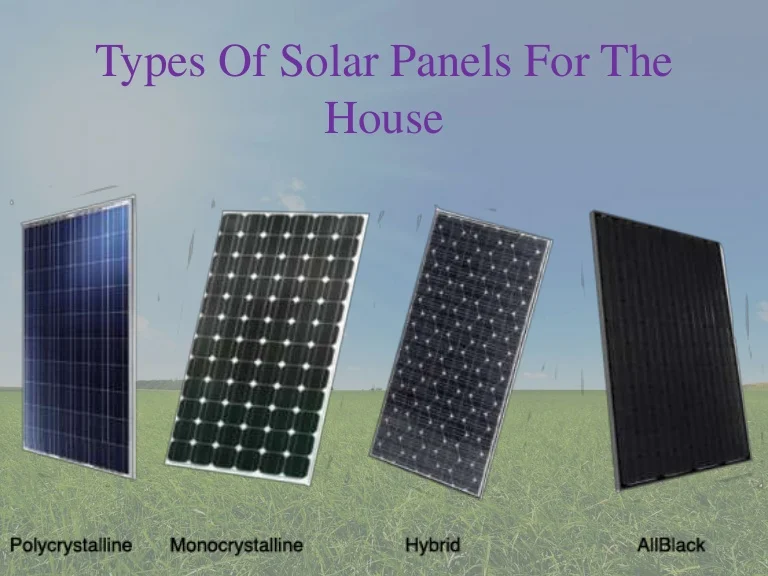How Solar Systems can Save You Time, Stress, and Money.
Solar Systems Things To Know Before You Get This
Table of ContentsGetting The Solar Systems To WorkSolar Systems - TruthsExamine This Report on Solar SystemsThe Definitive Guide to Solar SystemsNot known Facts About Solar Systems
When it comes to thin-film photovoltaic panels, these are best matched for areas where the hefty as well as labor-intensive installation of crystalline silicon is not feasible. Such places can include commercial structures with limited areas or thin roofings; small spaces such as mobile homes and also watercraft; and locations that need versatile setup as opposed to rigid paneling.Whatever type you pick to go with, make sure to do your research to make sure that it's the best alternative for your needs. To find out more about solar principles sign up for our blog site.
The majority of the photovoltaic panel choices currently readily available fit in among three kinds:, (additionally referred to as multi-crystalline), and also. These solar panels differ in exactly how they're made, appearance, performance, expenses, and also the setups each are best matched for. Depending on the kind of installment you're thinking about, one alternative may be better than the others.
Monocrystalline panels are between 15-20% reliable, making them the most effective of all crystalline panels, Polycrystalline panels are in between 15-17% reliable and also can be the most budget-friendly choice. Slim movie photovoltaic panels are best for unconventional roofing system designs and are the most durable. To produce power, solar cells are made from a semiconducting material that transforms light right into electricity.
The 10-Second Trick For Solar Systems
Both monocrystalline and polycrystalline solar panels have actually cells constructed from silicon wafers. To build a monocrystalline or polycrystalline panel, wafers are assembled into rows and columns to form a rectangle, covered with a glass sheet, as well as mounted together. While both of these sorts of solar panels have cells made from silicon, monocrystalline and also polycrystalline panels differ in the composition of the silicon itself.
Polycrystalline solar cells are composed of fragments of silicon crystals that are thawed with each other in a mold prior to being reduced into wafers. Unlike monocrystalline and polycrystalline solar panels, thin-film panels are made from a variety of products. The most prevalent kind of thin-film photovoltaic panel is made from cadmium telluride (Cd, Te).
This sort of thin-film modern technology likewise has a glass layer on the top for protection. Thin-film solar panels can also be made from amorphous silicon (a-Si), which is similar to the make-up of monocrystalline as well as polycrystalline panels. These thin-film panels utilize silicon in their structure, they are not made up of strong silicon wafers.
While the solar batteries themselves are black, monocrystalline solar panels have a range of shades for their back sheets and structures. The back sheet of the photovoltaic panel will usually be black, silver or Going Here white, while the steel frameworks are generally black or silver. Unlike monocrystalline solar batteries, polycrystalline solar cells tend to have a blue color to them due to the light mirroring off the silicon fragments in the cell differently than it mirrors off a pure monocrystalline silicon wafer.
The Basic Principles Of Solar Systems

Bifacial solar panels can record sunshine from both the front and rear of the panel, therefore creating more power than comparably sized, traditional photovoltaic panels. Numerous bifacial solar panels will have a clear back sheet so that sunshine can go with the panel, mirror off the ground surface and also back upwards in the direction of the solar batteries on the rear end of the panel.
Silicon is occasionally used to make thin-film see post solar panels, it is not the very same solid silicon wafers. Instead, it is a non-crystalline kind of silicon. Thin-film reference solar panels have a tendency to have reduced effectiveness, and power capabilities contrasted to crystalline panels. With performances reaching around 11 percent, they need a whole lot much more roofing room to generate a large amount of solar power.
Despite this, thin-film panel still have their area in the solar sector., so property proprietors that do not such as the appearance of solar panels can still go solar.
The Greatest Guide To Solar Systems

Solar panel effectiveness (determined in percentage) allows you recognize a solar panel's capacity to turn sunshine into electrical energy (solar systems). If solar panels with various effectiveness ratings obtain the exact same quantity of sunlight for the same amount of time, the much more effective panel will certainly generate more power than the less efficient panel.
While solar panel performance is one of the most vital characteristics utilized to assess a photovoltaic panel's high quality, it is not the only factor to think regarding when choosing photovoltaic panels. One more factor to take a look at when determining on solar panels for your home is their layout and the materials utilized to construct them.
Monocrystalline solar panels utilize a production method that obtains the most out of the parent product silicon. In a monocrystalline solar panel, silicon ingots are reduced into slim wafers and also mounted on panels.
More About Solar Systems
We want to provide you panels with premium effectiveness, since you will have much more fulfillment (and production) in the long run.